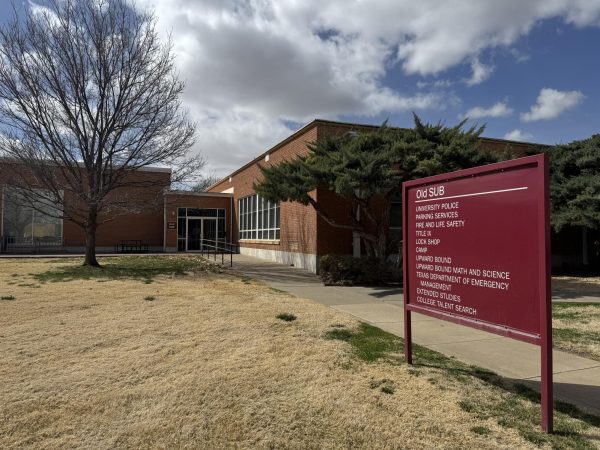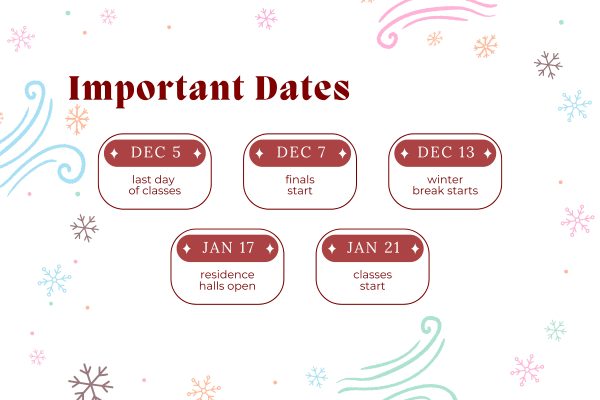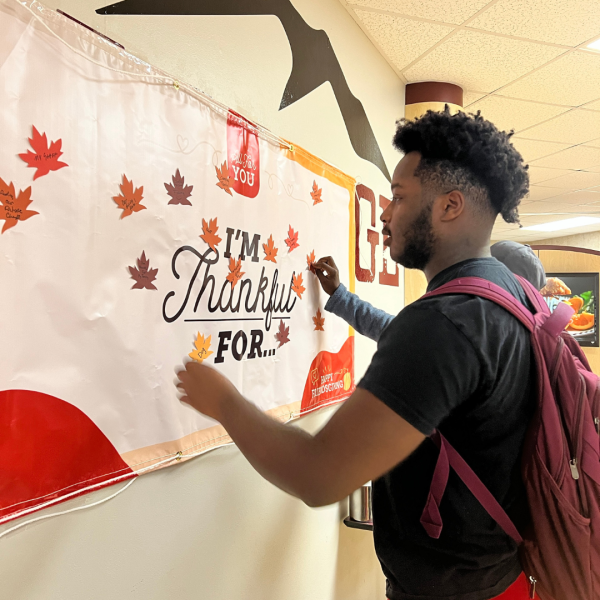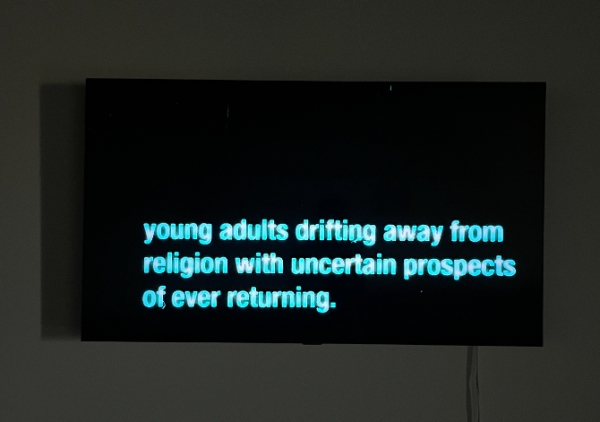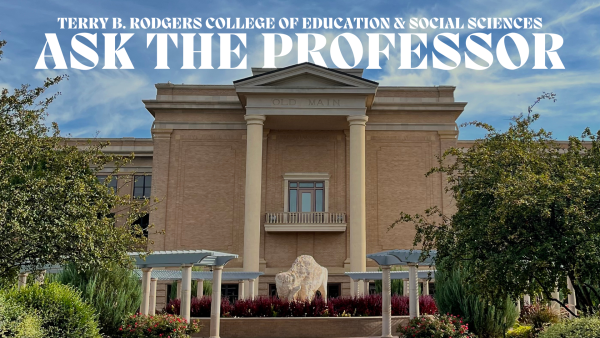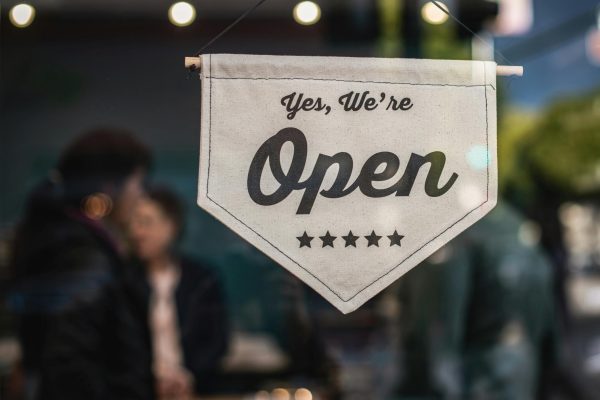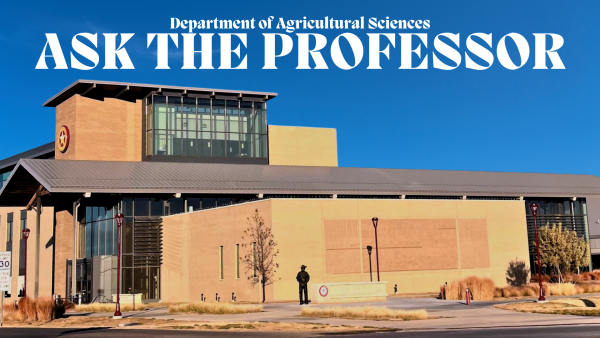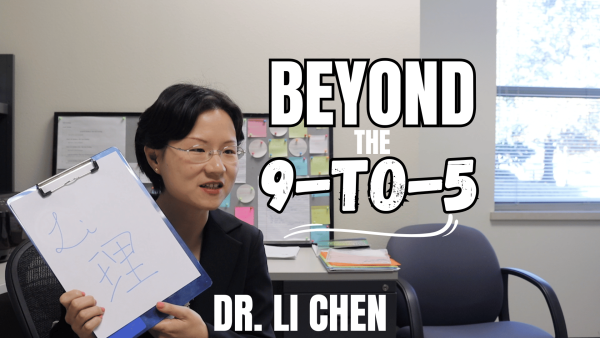The value of a college education: How COVID-19 changed college culture
The COVID-19 pandemic has put a halt on many aspects of life, including traveling, going out with friends and attending live concerts. Schools and colleges, locations of large public use, have also been greatly affected. The transition to distanced learning left many students questioning whether the attractions of attending a university were worthwhile.
The shift to all online classes in the spring of 2020 was unexpected and greatly affected both students planning to attend college and those already enrolled in classes. The physical campuses of universities were suddenly cut out of the college equation and working on classes online became an equalizer for universities of all sizes and reputations.
A big part of the “college culture” in the United States is dependent on the physical facilities of universities: the dorms, classrooms, library, et cetera. The nicest-looking universities can charge more because there is a quality difference in the facilities of the average public university compared to an Ivy League university like Harvard. However, once universities were forced to shift to online modes of teaching, those facilities were no longer objects of attraction for incoming students.
Since community colleges are much more affordable than an Ivy League university, these more affordable education options became more attractive when facilities were not a factor. For example, Amarillo College, a public community college in Amarillo, TX, costs $3,168 a year in tuition and fees for in-state students. Harvard University, an Ivy League university in Cambridge, MA, costs $52,925 a year in tuition and fees. That means the cost of attending Harvard University is over 16 times that of attending Amarillo College.
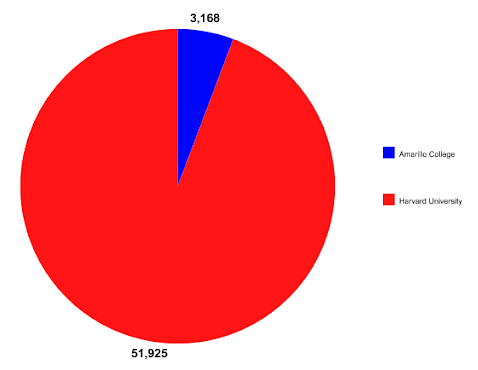
If students do not feel as though they are getting the “full college experience,” then it makes sense for them to question the cost of attending a university virtually.
According to The Guardian, “thousands of students have signed petitions asking their colleges to reduce the cost of tuition since their tuition is not going to an on-campus experience.”
College experience worries aside, some students have chosen to postpone their degree plans because of their chosen fields of study. For more hands-on majors, such as healthcare and music, the virtual learning experience does not always cut it.
At West Texas A&M University, there was a decrease in students studying nursing, from 745 students in 2019 to 737 students in 2020. There was also a decrease in students studying music, from 290 students in 2019 to 265 students in 2020. However, there was an increase in students studying in the English, Philosophy, and Modern Languages (EPML) department, from 91 students in 2019 to 97 students in 2020.

Saralyn Corey, a junior studying music therapy with a vocal emphasis at WTAMU, was planning on transferring to a university for the fall of 2020 after earning an associate degree in the spring of 2020. However, she said that, “because of COVID, the audition process in the spring of 2020 was kind of strange. And I decided because of just the unknown of COVID and everything to wait a year before transferring.”
However, many students postponed starting at or transferring to a university because of the uncertainty of the situation during the pandemic. With university policies changing so rapidly and the many unknowns being faced worldwide, students needed to take time to step back from the situation.
“My original plan was to come to WT that fall…” said Louis Alcala, a junior studying business at WTAMU who was originally planning to transfer to the university in fall of 2020. “I just wanted to see how things would play out that first fall when students came back, and just see how the school year would go.”
The COVID-19 pandemic has affected everyone’s lives, including the academic plans of students post high school. It shook college culture in the U.S. and caused many students to reevaluate their values when it came to getting an education. While many universities are going back to more normal operations this semester, the memory of the situation a year ago is still strong in the minds of many students.



